Yesterday’s Media Guardian featured a front page article about Twitter. Written by Charles Arthur, the story mulled over the past few weeks and how thousands of people have flocked to it and how it is now “fight or flight” for the site.
What struck me was the box of statistics alongside the article on p2 in the hard copy version. It revealed that 264 million accounts are currently registered on Twitter. Of those account holders, 45 per cent are believed to have never sent a Tweet. Sorry, what?! Nearly half of the people who have signed up to Twitter are not tweeting, not only that, they have never sent one.
I reread that twice as I couldn’t believe it. I tried to imagine why you wouldn’t tweet. I know that it’s good to listen, certainly, but for me, I find the way to get the most out of Twitter is to communicate – not just to listen but to speak.
What’s it for?
 Casting my mind back to early 2009 when I first signed up, I remember wondering what the purpose of Twitter was, essentially, what was I going to use it for. It didn’t cross my mind to simply open an account and not participate in the conversation. I liked what I had read and decided to discover it for myself. I use Twitter as an aggregator – collecting, writing, sharing and passing on content which I think would be helpful for other people to read too.
Casting my mind back to early 2009 when I first signed up, I remember wondering what the purpose of Twitter was, essentially, what was I going to use it for. It didn’t cross my mind to simply open an account and not participate in the conversation. I liked what I had read and decided to discover it for myself. I use Twitter as an aggregator – collecting, writing, sharing and passing on content which I think would be helpful for other people to read too.
The Tipping Point
If you’ve read Malcolm Gladwell’s Book, The Tipping Point, you’ll be aware of Mavens and Connectors and it is the traits of those people which really make Twitter work well for me. I’d not heard of the word Maven before reading the book and don’t want to get hung up on it, but think these descriptions will help illustrate my point. If you haven’t read the book, I’d recommend checking it out.
Mavens are described by Gladwell as: “intense gatherers of information and impressions…they act most effectively when in collaboration with Connectors. Connectors are people with a wide network of casual acquaintances by whom they are trusted… a network that crosses many social boundaries and groups)”. Gladwell says that Connectors can easily and widely distribute the advice or insights of a Maven.
It would feel slightly uncomfortable for me to simply take content, without then retweeting on and connecting with my own network. Particularly as the people I connect with most often are communicators, so is definitely good to talk/tweet!
Maybe people don’t tweet because they haven’t found their own ‘use’ for the site yet. I wonder what would encourage them? Perhaps following people with similar interests, to tap into worlds they like? Twitter seems to be constantly evolving and the lists feature and ‘who to follow’ sections can help point people in directions they may like.
Question of choice
Comms professionals regularly discuss networks and ways to connect people and encourage conversations. We write about this, we talk about it at professional events and informally but also discuss sensible decisions. Shoe-horning Yammer (internal Twitter) or a wiki into an organisation when you may actually need to encourage face-to-face conversations and establish networks is a topic that crops up regularly. I think there is a real sense of responsibility amongst the Comms community about choosing carefully and not introducing a way for employees to communicate and collaborate if it doesn’t fit with the company’s culture (making the assumption it’s in the Comms team’s control).
This morning I was driving along thinking about what I’d read in the Media Guardian and I realised that it’s ok not to tweet. Seriously. If people are enjoying reading and gathering content or perhaps they signed up but realised that the conversation isn’t one they want to take part in, that’s ok. Maybe they have discovered how to use Twitter, and that’s as a good place to listen, or maybe they took a look and realised it’s not a conversation they wish to be part of, which is also ok.
Sink or swim?
Who knows what they do with the content they’ve read, if anything, maybe they use apps to create their own flipboard and use it in that way, maybe they don’t, but the key thing is that they made the first step. They chose to sign up, dip a toe in the water and take a look. I’d say come on in, the water is warmer than you think – there are lots of people to keep you afloat with ideas, conversation starters and a desire to share and connect. But if you choose to sit on the side of the pool, that’s ok too. Maybe you’ll change your mind, maybe you won’t, but at least you were compelled enough to act on your curiosities and take a peek.
P.S In the spirit of sharing, if you would like to read more about how to use Twitter, check out these tips from mashable.
If you have any thoughts about this or any other post, don’t forget you can comment below or contact me at rach@rachmiller.com









